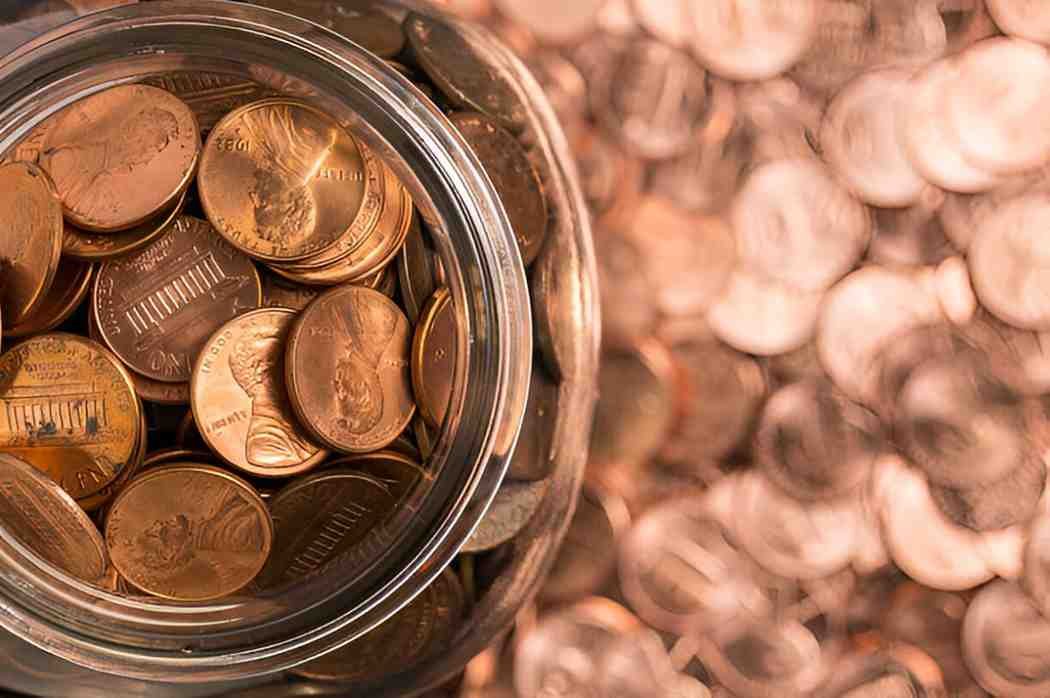When it comes to investment options, people often think of stocks, bonds, or real estate. But have you ever considered copper coins? Copper coins are sometimes overlooked as an investment, especially in comparison to their precious metal counterparts like gold and silver. However, there are several reasons why they can be a worthwhile addition to an investment portfolio. In this article, I’ll break down whether copper coins are a good investment, looking at the pros and cons, how they compare to other investments, and some key considerations before making a decision.
Table of Contents
What Are Copper Coins?
Copper coins are typically made from a mixture of copper and other metals, such as tin or zinc. While they are not as rare or precious as gold or silver, copper coins have a long history of use as currency, and many people collect them for their aesthetic or historical value. Today, copper coins are often produced by mints as part of commemorative series or for use in everyday transactions.
Unlike gold and silver, which have been used as stores of value for thousands of years, copper has not always had the same appeal to investors. Yet, in recent years, there has been a growing interest in copper coins, especially in the context of precious metals and commodities markets.
The Case for Investing in Copper Coins
There are a few solid reasons why copper coins might be a good investment, especially when you’re looking for something less volatile than stocks or other assets. Let’s break these reasons down.
1. Stable Price Appreciation
Copper prices have seen steady growth over the years, largely due to increased demand for the metal in industries like construction, electrical wiring, and electronics. While copper prices don’t fluctuate as dramatically as those of gold or silver, they generally trend upward over time.
Here’s an example of how copper prices have evolved over the years:
| Year | Copper Price per Pound | Price Change (Over 5 Years) |
|---|---|---|
| 2010 | $3.42 | |
| 2015 | $2.48 | -27% |
| 2020 | $2.80 | +13% |
| 2025 (projected) | $3.50 | +25% |
As you can see, copper has generally increased in value over the past few years, albeit with some fluctuations. This price stability can be appealing for someone looking for a long-term, low-risk investment.
2. Lower Entry Cost
One of the major advantages of copper coins is their relatively low price compared to gold or silver coins. While a gold coin can cost thousands of dollars, a copper coin might only cost a few dollars. This makes copper coins a much more accessible investment for those who are just starting to build a portfolio or want to diversify their investments without spending a lot of money.
For example, while a 1-ounce gold coin may cost around $1,800, a copper coin weighing the same amount could cost around $1.50. The barrier to entry is much lower, which allows new investors to purchase multiple copper coins without taking on significant financial risk.
3. Tangible Asset
Copper coins are tangible assets, meaning you can physically hold them, unlike stocks or bonds. This can provide peace of mind for investors who prefer to have a physical form of their investment rather than rely on digital or paper-based assets. In times of market uncertainty, owning a tangible asset like copper coins might offer some protection.
4. Collectible Value
Some copper coins have a collectible value beyond just their metal content. This is particularly true for rare or limited-edition coins. These coins may appreciate in value over time due to their rarity or historical significance. If you are interested in numismatics (coin collecting), you might find that copper coins, particularly older ones, can be worth more than just the value of the metal they are made from.
5. Economic and Industrial Demand
The demand for copper isn’t just limited to investors and collectors. Copper is a vital material used in various industries, especially those related to construction, electronics, and energy production. The global transition to renewable energy sources has also increased demand for copper, as it is used in solar panels, electric vehicles, and other green technologies.
If demand for copper continues to grow, there could be upward pressure on the price of copper coins, making them an even more attractive investment. The industrial demand for copper provides an additional layer of security for investors, as the metal is unlikely to lose its value anytime soon.
The Case Against Investing in Copper Coins
While there are some compelling reasons to consider copper coins as an investment, they are not without their drawbacks. Let’s look at some of the potential downsides.
1. Volatility and Market Risk
Copper is still a commodity, which means it is subject to market volatility. Prices can fluctuate based on global economic conditions, geopolitical events, and supply chain disruptions. While copper may be less volatile than gold or silver, it still carries some risk.
For example, during the 2008 financial crisis, copper prices fell sharply, losing over 50% of their value in just a few months. While the metal rebounded in the following years, this kind of price drop demonstrates the risks involved in investing in copper coins.
2. Lack of Liquidity
Compared to gold and silver, copper coins are not as liquid. While you can easily buy and sell gold or silver coins through dealers or online platforms, copper coins might be harder to sell, especially if they are not part of a recognized series or collection.
If you need to liquidate your copper coins quickly, you might not be able to sell them for the price you want, or at all, especially if the market is flooded with similar coins.
3. Limited Price Appreciation
While copper has generally appreciated in value over time, it doesn’t have the same potential for large returns as gold or silver. Copper prices are more stable, but this means that the potential for huge gains is lower. If you’re looking for an investment that could see rapid growth in a short amount of time, copper coins may not be the best choice.
For example, gold has historically experienced much larger price swings than copper, which has resulted in higher returns for investors who timed their investments correctly.
4. Storage and Maintenance
Like other physical assets, copper coins need to be stored securely. While they are relatively low in value compared to precious metals like gold and silver, you still want to make sure they are properly stored to avoid damage or theft. This can add additional costs, such as the need for a safe or storage fees at a secure vault.
How Copper Coins Compare to Other Investment Options
Now that we’ve examined the pros and cons of copper coins, let’s take a look at how they compare to other common investment options.
Copper vs. Gold
| Feature | Copper Coins | Gold Coins |
|---|---|---|
| Price | Low | High |
| Investment Potential | Moderate | High |
| Price Volatility | Lower | High |
| Liquidity | Low | High |
| Industrial Demand | High | Moderate |
| Tangible Asset | Yes | Yes |
While gold coins are typically seen as a safer investment with a higher potential for returns, copper coins have a lower price point and are more accessible for beginner investors. The stability of copper’s industrial demand makes it a solid, lower-risk choice, but it lacks the potential for massive returns that gold offers.
Copper vs. Silver
| Feature | Copper Coins | Silver Coins |
|---|---|---|
| Price | Low | Moderate |
| Investment Potential | Moderate | Moderate to High |
| Price Volatility | Lower | Moderate |
| Liquidity | Low | Moderate |
| Industrial Demand | High | High |
| Tangible Asset | Yes | Yes |
Silver offers a middle ground between copper and gold, with higher price volatility and potential for returns, but with a cost that’s higher than copper coins. Both copper and silver are used in similar industries, so their industrial demand is comparable. However, silver coins are more widely traded and have better liquidity.
Conclusion: Are Copper Coins a Good Investment?
Copper coins can be a good investment for the right person. If you’re looking for an accessible, low-risk, tangible asset that benefits from stable price appreciation and industrial demand, copper coins might be worth considering. However, if you’re seeking higher returns or the liquidity of more widely traded assets, you may want to look elsewhere.
As with any investment, it’s important to do thorough research and consider your own financial goals before jumping in. Copper coins can be a solid addition to a diversified investment portfolio, but they should likely be just one part of a broader strategy that includes other assets like stocks, bonds, or more precious metals like gold or silver.
Ultimately, the decision is up to you, but by considering the factors outlined here, you’ll be in a better position to make an informed choice about whether copper coins fit into your investment plans.





